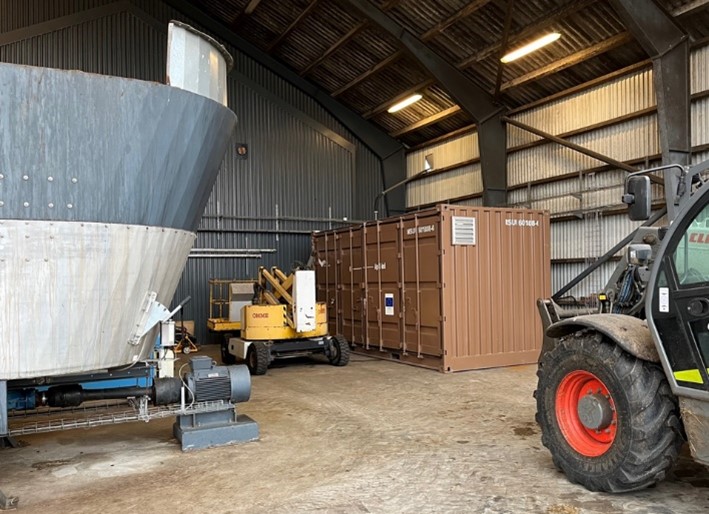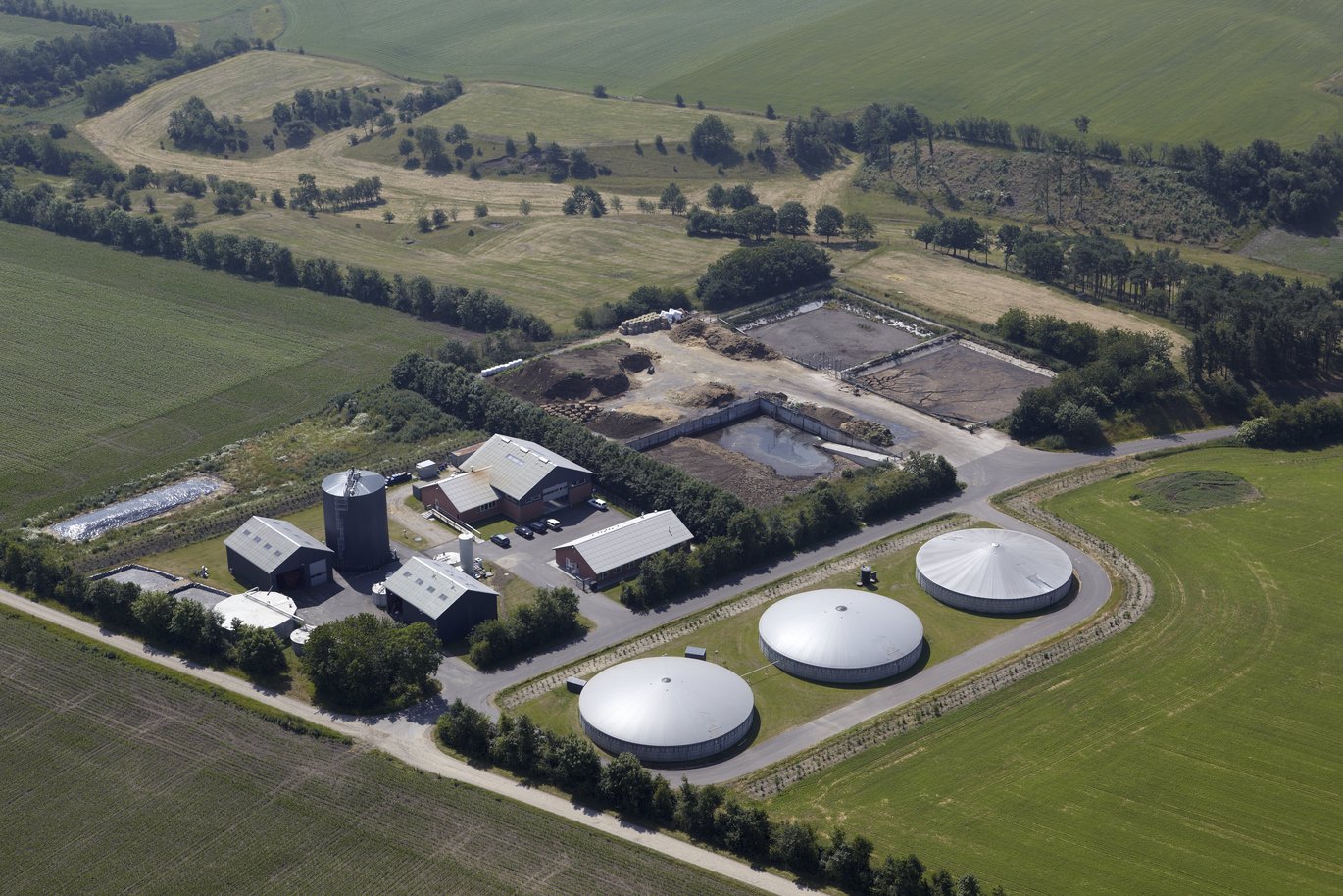In March this year, N2 Applied and Aarhus University signed an agreement to install and assess N2 Applied’s technology on the AU Foulum Biogas plant in Denmark.
Project Overview
AU Foulum is part of Aarhus University and is home to most of the university’s research in food and agriculture. The installation at AU Foulum is part of a broader collaboration between N2 Applied and Aarhus University, assessing the treatment of biogas digestate with an N2 Unit as an effective ammonia emission-reduction technology. In addition, this collaboration offers a chance for the wider Danish agriculture and biogas market to experience the technology and gather insight on how the technology can reduce emissions from slurry and digestate.
Denmark’s Ambitious Emission Targets
From a broader perspective, Denmark’s agricultural industry has opted to take a strong lead by setting high targets to reduce its environmental footprint and emissions. Denmark’s agricultural and forestry sector must reduce greenhouse gas emissions by 55% and 65% by 2030 compared with 1990 levels, a majority in parliament agreed in October 2021. The new legally binding target is part of the government’s action plan toward reaching 70% reductions by 2030, one of the most ambitious climate goals in the world.
GUDP MAG Project
This collaboration at AU Foulum is also related to the GUDP MAG project, which stands for ‘Metoder til reduktion af Ammoniaktab og øget metanudbytte fra biogasGylle’, or: Methods for reducing ammonia loss and increased methane yield from biogas digestate. This project investigates and assesses further introduction and development of the processes and techniques that can reduce ammonia emissions related to biogas operations. The selection and management of feedstock, post-processing of digestate, and the use of low emission-application techniques in the field will be investigated. This project receives funding from the Green Development and Demonstration Program (GUDP) under the Danish Agency for Agriculture and, in addition to Aarhus University, involves SEGES, Samson Agro and Biogas Danmark. In addition, learnings from the collaboration will be highly relevant to aid the future development of biogas operations and the treatment of digestates both within Denmark and internationally.
Development Within Biogas
Biogas digestate is the side-product of biogas production. Biogas production is today mainly aimed at producing methane for grid injection to substitute natural gas. It is well known that the digestate has a relatively high ammonia-nitrogen (N) content and a high pH. This can lead to high ammonia emissions in storage and during field application. Participants in the MAG project will develop processes and technologies that seek to increase the turnover of organic material in the biogas process and lower the digestate’s pH and viscosity and consequently,to reduce the loss of ammonia during application.
N2 Applied’s Contribution to the Project
N2 Applied’s contribution to this project will assess the potential of processing biogas digestate with an N2 Unit to reduce ammonia emissions. It is expected that ammonia emissions will be significantly reduced due to the lowering of the pH of the digestate by N2’s technology. Beyond this, we envisage the N/Phosphorus (P) balance will also be improved due to the addition of nitrogen from air into the digestate.
As can be seen in the picture, the brown container which houses the N2 Unit is well placed inside one of the sheds at AU Foulum – a clear demonstration of the ease of an N2 Unit installation. N2’s technology only requires an electrical connection and air to operate in addition to digestate (or separated livestock slurry). The input biogas digestate is simply pumped into the container through a hose. The output product (Nitrogen Enriched Organic fertiliser – NEO) is pumped out through another hose towards the storage. Both the input and output pumps are situated within the container.
“We are excited to work with the biogas and agriculture experts from Foulum Biogas plant, Aarhus University and SEGES on this. The collaborative knowledge and the results can contribute to the Danish market challenges.” says N2 Applied’s Business Development Director (Europe), Henk Aarts.
The processing of digestate at AU Foulum has already started, and the N2 Unit is turning digestate into NEO. Process monitoring has already demonstrated relevant and interesting results. Several field trials have been designed to assess the potential of the NEO, with the first field application on winter wheat and maize already carried out. We are excited to start assessing the impact of treating AU Foulum’s digestate on the field throughout the season, with more trials planned for the 2023 season.

